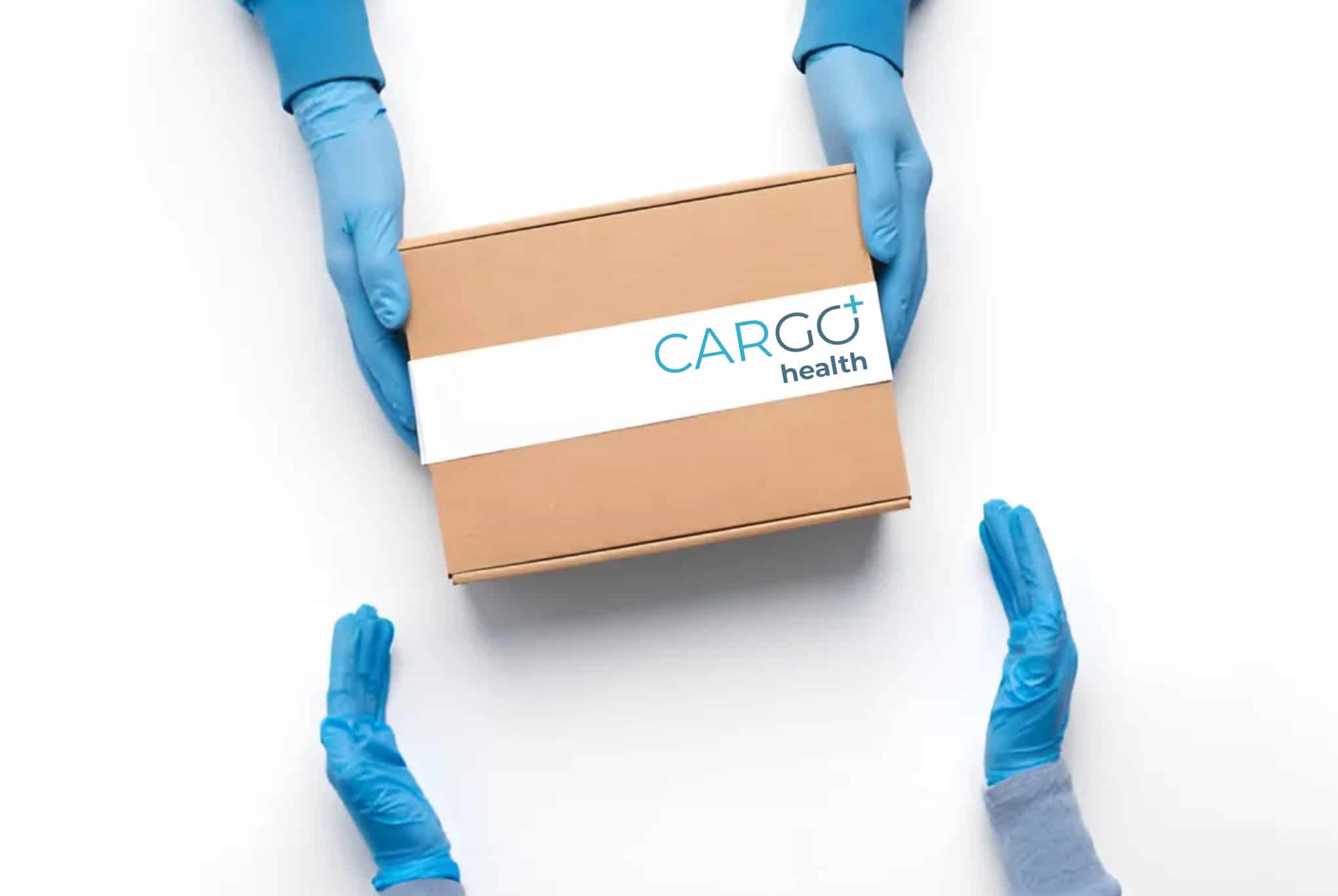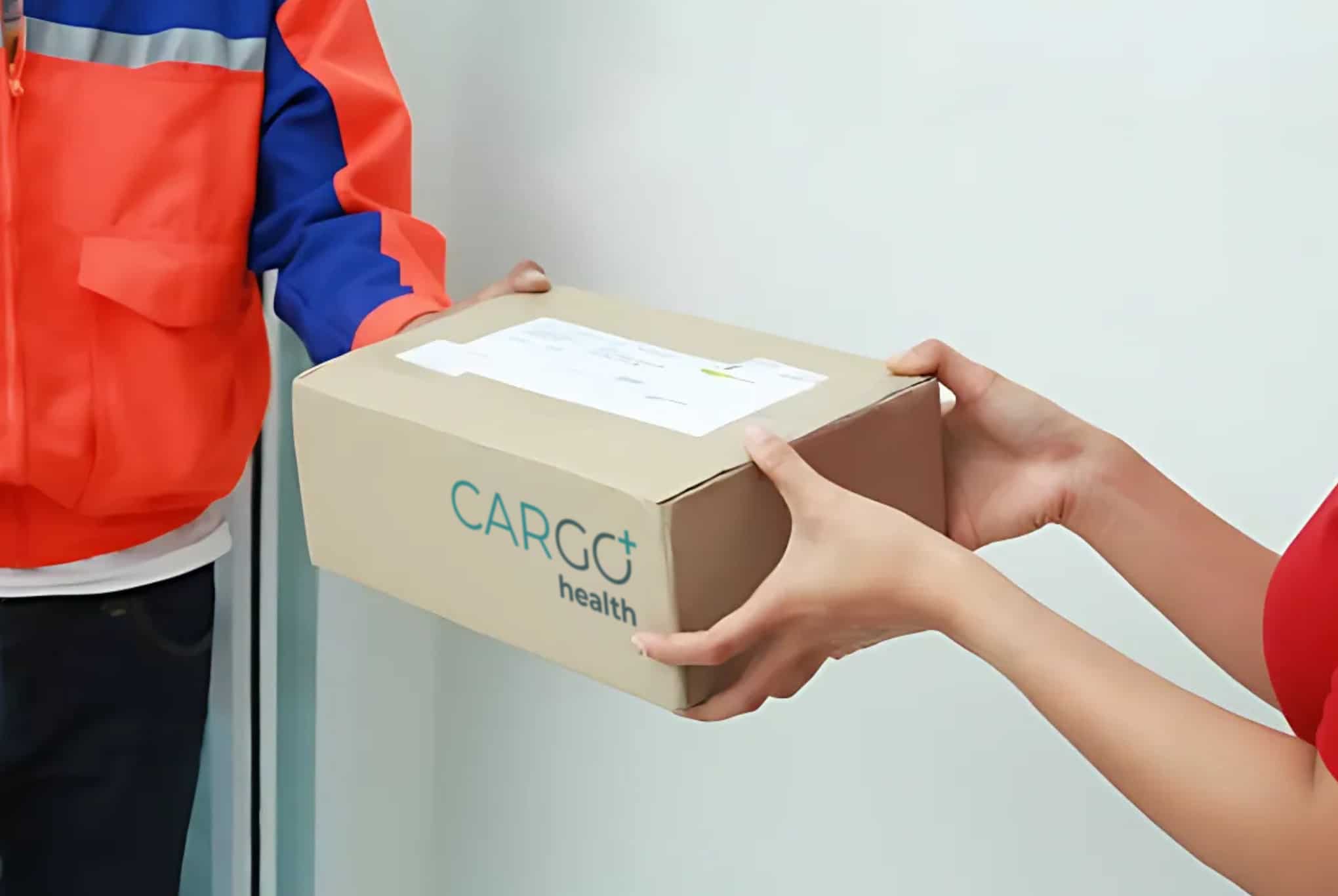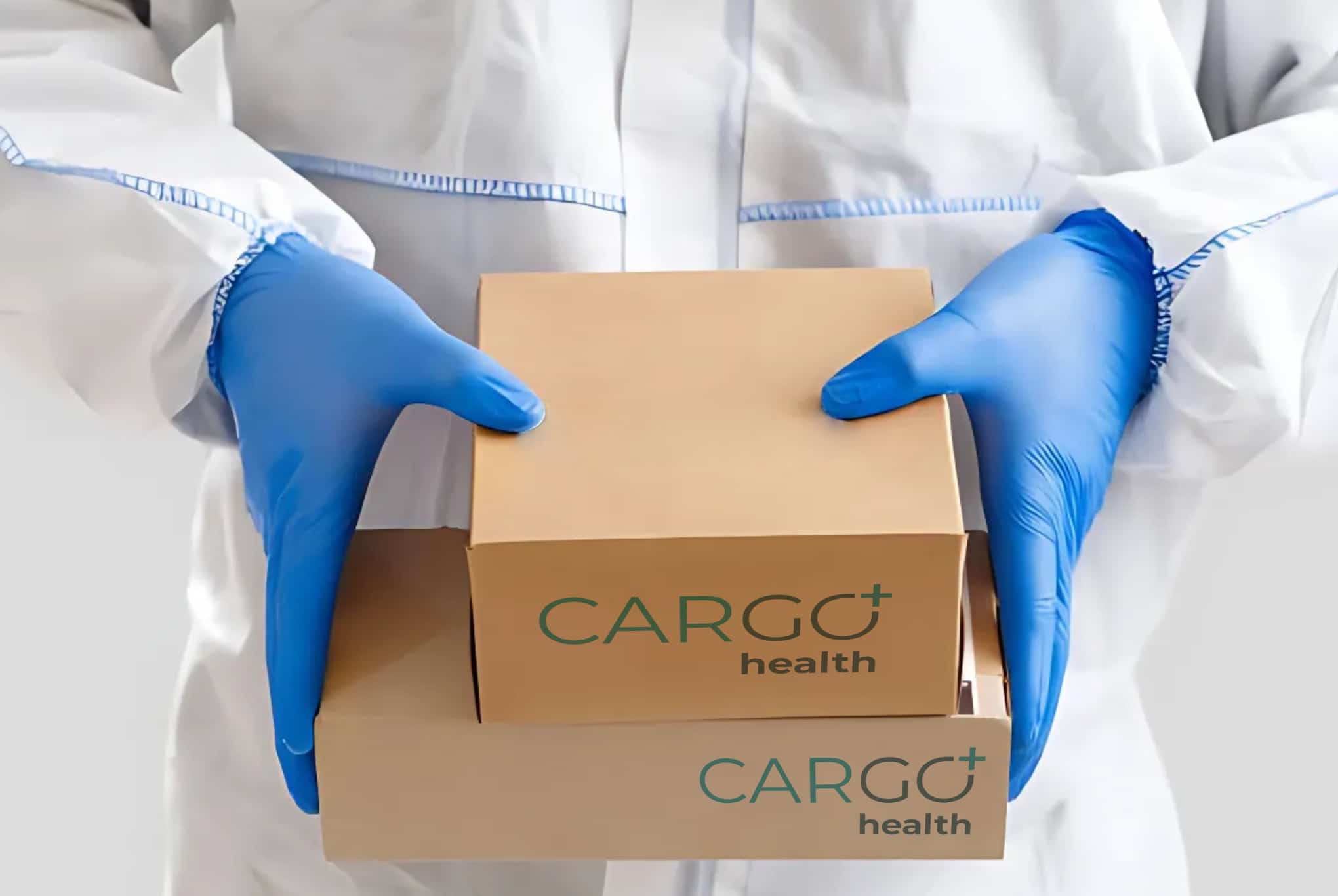Medical Equipment Transport: What Healthcare Providers Should Know

Transporting medical equipment is a specialized logistical task that requires more than a standard courier solution. Whether dealing with high-value imaging systems, rental devices for home care, or fragile diagnostic tools, healthcare organizations must partner with logistics providers capable of addressing regulatory, operational, and handling requirements with precision.
A failure in medical equipment transport doesn’t just create delays—it can compromise patient care, violate safety standards, and increase liability exposure. For healthcare systems, clinics, and suppliers, selecting a courier with the right infrastructure and protocols is essential.

1. Equipment Classification Dictates Handling Protocols
Medical equipment spans a wide spectrum—from mobile diagnostic devices and infusion pumps to large, fixed imaging systems. Each category has unique transport considerations based on weight, fragility, regulatory classification, and setup complexity.
For example, Class II and Class III medical devices (as defined by the FDA) often require documented handling procedures, transport clearances, and special training. Rental and leased equipment—used in outpatient and home care settings—requires short-notice pickup and return cycles, further complicating logistics.
Key Factors:
- Dimensions and weight specifications
- Power and calibration sensitivity
- Cleanliness and sterility requirements
- Need for specialized rigging or lifting equipment
2. Packaging and Securing High-Value Devices
Proper crating and shock-absorbent packaging are essential to maintain structural and functional integrity. A qualified medical equipment courier should employ anti-static wraps, moisture-resistant barriers, and foam-lined transport containers to mitigate vibration, tilt, and compression risk during transit.
Transport vehicles must be equipped with lift gates, padded interiors, and adjustable tie-down systems. For sensitive equipment, vibration dampening technologies and environmental monitoring (temperature, humidity) should be in place.
Courier Capabilities Should Include:
- Custom crating or pelican case compatibility
- Vehicle stabilization and air-ride suspension
- In-transit condition monitoring (if applicable)
3. Chain of Custody and Documentation
Given the high value and liability associated with medical equipment, full documentation throughout the delivery cycle is mandatory. This includes signed chain-of-custody logs, barcoded tracking, and timestamped pickup/drop-off records.
In some cases, transfer documentation may need to be integrated with asset management systems used by hospitals or biomedical departments. For rentals and service-based contracts, proof of condition at pickup and return is also essential.
Expect These Documentation Standards:
- Serialized inventory tracking
- Pre/post transport condition reports
- Digital PODs (Proof of Delivery)
4. Compliance with Infection Control and Sanitation Protocols
Instruments delivered to or from patient care environments—especially surgical, diagnostic, or ICU-grade equipment—must be transported with strict hygiene controls. Couriers should follow infection control standards that comply with CDC and facility-level guidelines.
This includes the use of clean transport zones, sanitized cargo areas, and equipment covers that prevent microbial contamination. Staff should be trained in donning PPE and handling bio-sensitive materials, particularly when moving reusable equipment between patients or facilities.
Sanitation Measures May Include:
- Pre-transport sterilization confirmation
- Use of sterile barriers and wraps
- Dedicated clean transport vehicles or compartments
5. Scheduling, Setup, and White-Glove Services
Unlike standard parcels, medical equipment often requires coordinated delivery with clinical teams for setup, calibration, and orientation. Delays or unscheduled arrivals can disrupt operating room turnover, diagnostic schedules, or patient discharge timelines.
A full-service healthcare logistics company should offer time-window scheduling, installation coordination, and optional white-glove handling—including unpacking, room placement, and debris removal. When deploying mobile units or trial equipment, this level of service is crucial to provider workflows.
Operational Enhancements Include:
- Setup synchronization with biomedical staff
- Multi-location delivery routing for large systems
- Secure retrieval of expired or replaced devices
Key Insight
Medical equipment transport is not an adjunct to healthcare—it is an integral component of clinical readiness and patient safety. Healthcare providers must evaluate logistics partners on their ability to manage fragility, compliance, scheduling, and documentation with the precision the industry demands. Selecting a specialized medical equipment courier is a decision that affects not only operations, but the continuity and reliability of care delivery.








